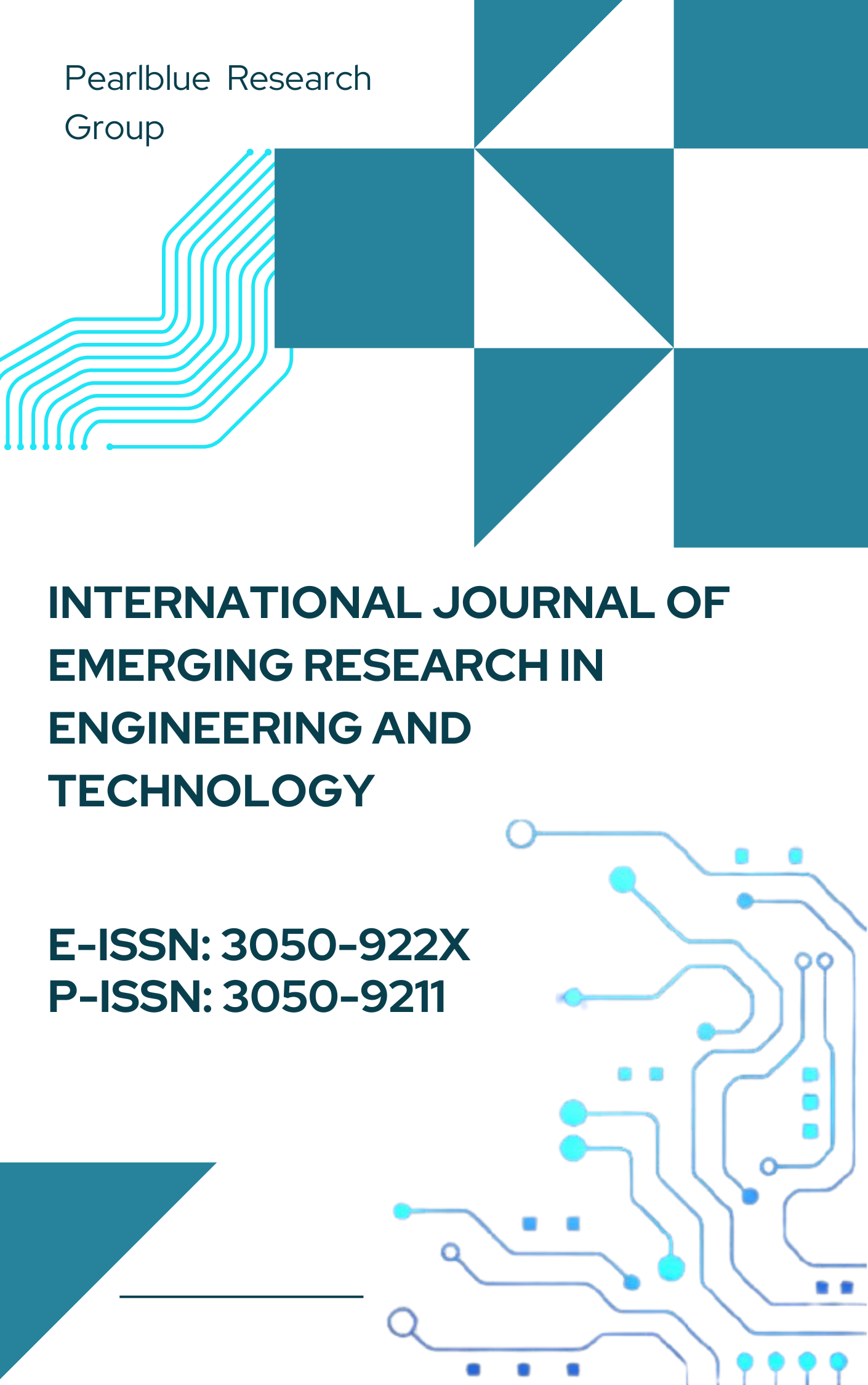Transitioning from Monolith to Microservices in Policy Administration
DOI:
https://doi.org/10.63282/3050-922X.IJERETV1I3P106Keywords:
Monolithic Systems, Microservices, Policy Administration, Software Architecture, Cloud-Native, Insurance IT Transformation, Service-Oriented DesignAbstract
Policy administration systems (PAS) issues are fundamental to the tasks undertaken by insurance companies through which policy is issued, endorsed, renewed, claims are filed, and regulations are adhered to. These systems were historically built as a single application, monolithic or single, unified codebases where all the functions, including underwriting, billing and claims, were tightly integrated. Despite the fact that Monoliths were very convenient and easy to put in place during the initial stages of their establishment, they proved to be unproductive and dogmatic as the demand of businesses grew. With the onset of the digital transformation, the pressure compelled insurers to be more innovative, scale and interact with third-party ecosystems. A promising and appealing alternative was the introduction of the microservices architecture, which gives an opportunity to modularization and scalability and continuous deployment. The shift of microservices over monolithic architecture in insurance policy administration business will be discussed in the paper. It provides an in-depth discussion of problems of the conventional monolith systems, such as the performance bottlenecks, failure to scale and technological debt, that hinder agility of the business. It then introduces the sense of microservices; domain-driven design, minimal context, decentralized government, and continuous delivery pipelines that can address those limitations. This paper has a detailed migration strategy, the evaluation frameworks, decomposition strategies, communication models, REST, gRPC, message brokers, and deployment automation via containerization and orchestration software, i.e., Docker and Kubernetes. The flowcharts and architectural charts are to show the evolution of transformation, and the tables will compare to show the performance enhancement, fault-tolerance, and flexibility of integration provided by using the microservice adoption. Objective improvement is evident in empirical studies (presumably not after 2020) of case studies: deployment time was reduced (weeks to hours), fault isolation (fewer cascading failures) increased, and the cost savings were met by horizontal scaling. Nevertheless, a set of issues such as distributed data management, the complexity of inter-service communication, and overhead governance are also tackled. Lastly, this work concludes that even though the monolith to microservices transition is resource-intensive, the policy administration benefits, including agility, resiliency and reduced innovation cycles, are long-term worth the effort. The findings suggest that the introduction of microservices within PAS cannot be considered an IT change but it is an organizational change that rationalizes the IT potentials to address the dynamic business needs
References
[1] MacLellan, S. & Katsurashima, W. (2019). Developing a Microservices Architecture Adoption Strategy. Gartner Insight Report. Gartner
[2] Fritzsch, J., Bogner, J., Zimmermann, A., & Wagner, S. — From Monolith to Microservices: A Classification of Refactoring Approaches. DEVOPS 2018 (arXiv:1807.10059). 2018.
[3] Thomas, A. & Gupta, A. (2019). Innovation Insight for Microservices. Gartner Research. Gartner
[4] Taibi, D., Lenarduzzi, V., & Pahl, C. — Processes, Motivations and Issues for Migrating to Microservices Architectures: An Empirical Investigation. IEEE Cloud Computing, 4(5). 2017.
[5] Newman, S. — Building Microservices: Designing Fine-Grained Systems. O’Reilly Media. 2015.
[6] Dragoni, N., Giallorenzo, S., Lluch-Lafuente, A., Mazzara, M., Montesi, F., Mustafin, R., & Safina, L. — Microservices: Yesterday, Today, and Tomorrow. In: Present and Ulterior Software Engineering (Springer). 2017. DOI: 10.1007/978-3-319-67425-4_12.
[7] Bucchiarone, A., Dragoni, N., Dustdar, S., Larsen, S. T., & Mazzara, M. — From Monolithic to Microservices: An Experience Report from the Banking Domain. IEEE Software, 35(3). 2018.
[8] Deloitte. The Future of Services. (Describing microservices adoption rates and challenges.) Scribd
[9] Balalaie, A., Heydarnoori, A., & Jamshidi, P. — Microservices architecture enables DevOps: Migration to a Cloud-Native Architecture. IEEE Software, 33(3). 2016.
[10] Fritzsch, J., Bogner, J., Zimmermann, A., & Wagner, S. (2019). From Monolith to Microservices: A Classification of Refactoring Approaches. arXiv:1807.10059.
[11] Fritzsch, J., Bogner, J., Wagner, S., & Zimmermann, A. (2019). Microservices Migration in Industry: Intentions, Strategies, and Challenges. arXiv preprint. arXiv
[12] Viggiato, M., Terra, R., Rocha, H., Valente, M. T., & Figueiredo, E. (2018). Microservices in Practice: A Survey Study. arXiv preprint. arXiv
[13] Taibi, D., & Systä, K. (2019). A Decomposition and Metric Based Evaluation Framework for Microservices. arXiv:1908.08513.



